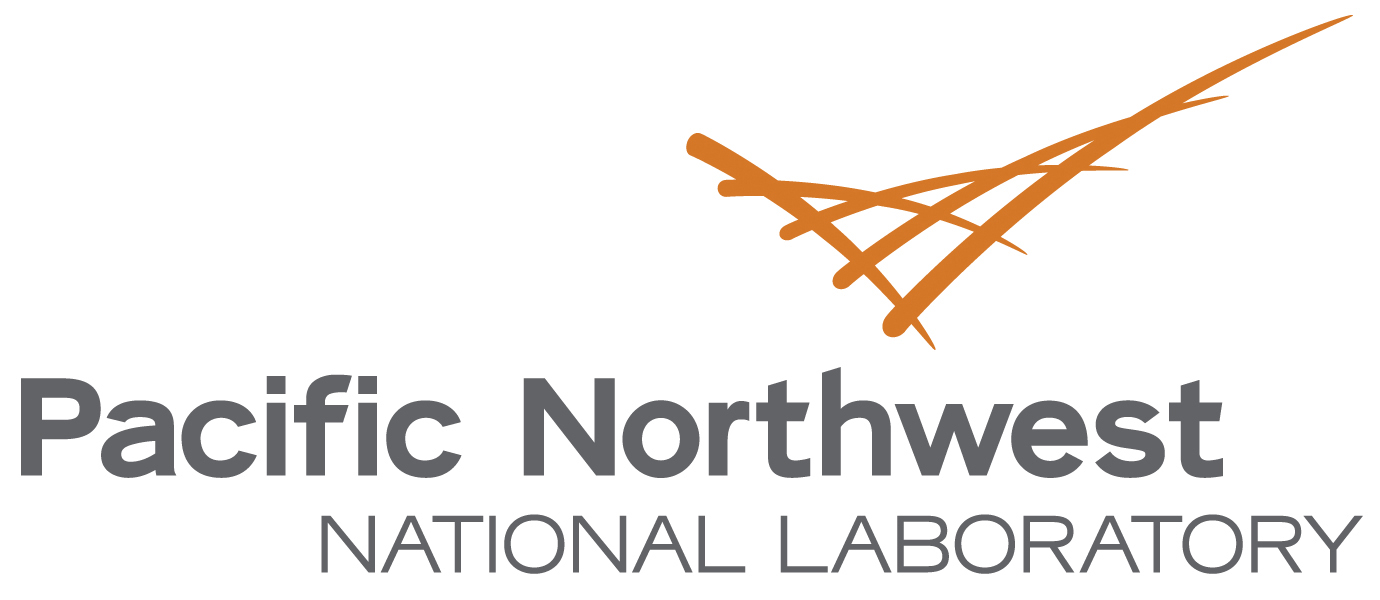Newswise — By Linh Truong
Since the Atlantic Meridional Overturning Circulation (AMOC) was first monitored in 2004, it has been the focus of thousands of scientific papers and even a blockbuster movie that grossed more than $552 million worldwide.
New research is hoping to add another twist to the current conversation.
Published in Nature Communications, Increased Asian Aerosols Drive a Slowdown of Atlantic Meridional Overturning Circulation identifies the effect of aerosols over Asia on the AMOC, a complex system of currents in the Atlantic Ocean.
Jian Lu, Earth scientist at the Department of Energy’s (DOE's) Pacific Northwest National Laboratory (PNNL), co-authored the article with a team of international scientists from the Ocean University of China and the Max Planck Institute for Meteorology in Germany.
Taking climate center stage
One parcel of water will take about 1,000 years to travel the full length of the AMOC. Often referred to as a conveyor belt, this complex system of currents brings warm water north and cold water south in the Atlantic Ocean, as well as important nutrients.
Lu describes the AMOC like a cell that is continuously turning over its warm layer with its cold layer, keeping the climate of the surrounding continents temperate. He correlates it to the ventilation system in your home. If the AMOC slows or shuts down, it’s like turning off the heater in the middle of the winter.
As a crucial component of the Earth’s climate, many scientists are scrambling to identify if the AMOC is slowing or if it’s possibly close to a collapse.
Impact of anthropogenic aerosols
Lu first worked with Fukai Liu, lead author of the journal article, as a mentor when Liu was a doctoral student. Since then, they have collaborated on several projects, but Lu describes their latest collaboration as the most significant yet.
Scientists have shown that increasing greenhouse gases and the human-causing anthropogenic aerosols over North America and Europe are contributing factors to the AMOC slowdown. Examples of these aerosols include pollution from transportation, coal combustion, and manufacturing.
The impact of Asian aerosols from human activities has been unclear, making the authors’ findings that these aerosols are slowing the AMOC significant. Using climate model simulations, they were able to show how the increased anthropogenic emission of aerosols from Asia, which shields the solar heating and cools the Earth’s climate, reduces the AMOC’s movements.
“Understanding how the Asian aerosols can have an impact 12,000 miles downstream, that finding made this research novel,” said Lu. “It was something we didn’t know before. The climate is full of surprises!”
###
About PNNL
Pacific Northwest National Laboratory draws on its distinguishing strengths in chemistry, Earth sciences, biology and data science to advance scientific knowledge and address challenges in sustainable energy and national security. Founded in 1965, PNNL is operated by Battelle for the Department of Energy’s Office of Science, which is the single largest supporter of basic research in the physical sciences in the United States. DOE’s Office of Science is working to address some of the most pressing challenges of our time. For more information, visit https://energy.gov/science. For more information on PNNL, visit PNNL's News Center. Follow us on Twitter, Facebook, LinkedIn and Instagram.




